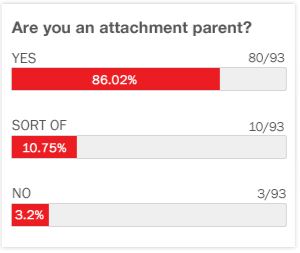
Eventually a child challenges authority, behaves insubordinately, or acts in an otherwise inappropriate manner. Dutiful parents not wishing to promote such behavior must decide on suitable action. The most widely utilized response, time-outs, has become the standard disciplinary action for inappropriate behavior. Like any childcare tool, the use of time-outs has both advantages and disadvantages.
Advantages
Child psychiatrist Dr. Joshua Sparrow explains that time-outs are not meant as a form of punishment. Initially defined as an alternative to spanking, time-outs provide a way for children to calm down to an appropriate energy level, all while remaining engaged. When used for this purpose and not as a means to isolate or punish, time-outs have tremendous value as a way for children to self-correct. While in time-out, children should be able to observe their situation and determine how best to correct their own behavior. They learn suitable conduct, so when they leave time-out they can behave in a way more consistent with the situation.
Putting a child in a position to learn self-control is the ultimate goal. When placed in time-out, the child should actively contemplate the situation and what should be done. This is not done by isolating a child for bad behavior, but by actively helping the child take a step back and reassess the situation while calming down to the proper energy level. Parent educator Kim DeMarchi explains that when applied correctly, time-outs provide children with a sense of self-determination and can promote executive function.
Disadvantages
Essentially, the main disadvantage to using time-outs as a disciplinary tool is when it’s used as isolation punishment rather than a chance for children to self-correct. Because time-outs were initially conceived as an alternative to spanking, parents commonly misconstrued it as alternative form of punishment. In reality, time-outs were meant as alternative not just to spanking, but to punishment altogether.
Time-outs are meant to provide an opportunity for children to calm down and reflect upon their situation and behavior. However, psychotherapist Tina Payne Bryson explains that in many instances they may not yet have developed the ability or self-awareness to effectively understand what is happening. In these situations, children require active guidance and connection to help them comprehend their difficulty. When placed in time-out, they are removed from all interaction just when they may need it most. So, how effective are time-outs when children learn that when they feel upset, they must face it alone.
Psychologist Gordon Neufeld explains that time-outs separate children from interaction and can cause psychological damage. Time-out places them in isolation, which can create anxiety at a moment when they need attention. While time-outs may inspire children to correct their behavior, it comes from a place of anxiety and fear. They change how they act not out of a sense of doing something right, but out of fear that their parent or caregiver will remove their love or attention.











i never found time-outs to be very useful with kids because they spend the whole time trying to break out of it. it's good to teach them restitution and have them spend the time fixing what they did wrong rather than sit out being angry the whole time.
My wife and I never did time-outs because we knew that wouldn't be effective with our kids.
I have found that time-outs are good to help calm the situation. Sometimes they are crying so much they need some time to calm down.